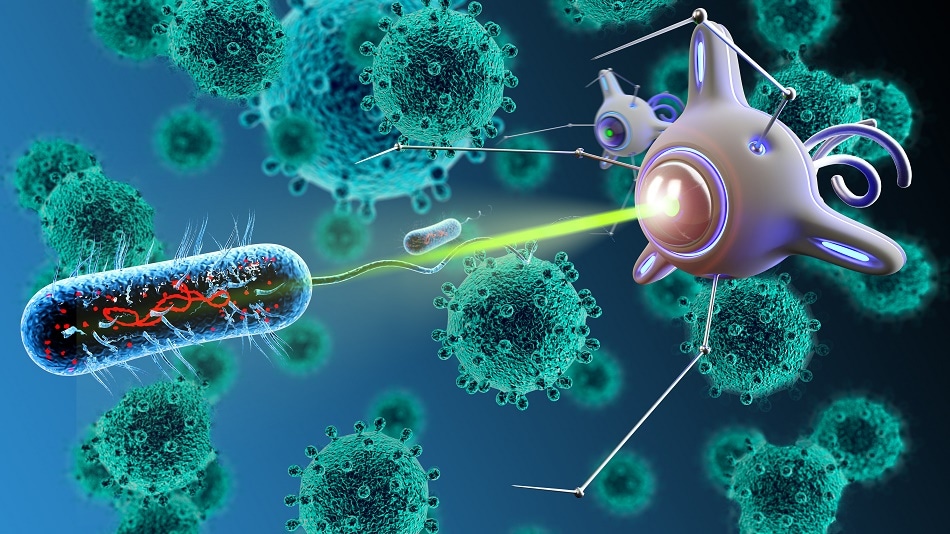Is Nanotechnology the Future of Medicine?
There have been huge leaps in scientific advancement in recent years. One area that’s moved to the fore is nanotechnology.
When applied to different fields, this area of scientific research has the potential to have a positive impact on a number of industries. One area that this is the case is healthcare and medicine.
Here, we look at what this type of tech is and how it can help the medical world.
What is nanotechnology?
This is the area of technology the creation of functional systems but at a molecular scale. It controls matter at dimensions between 1 and 100 nanometres – and a nanometre are one billionth of a metre, which is 10 times the diameter of a hydrogen atom. Nanotech involves building materials and devices on the scale of atoms and molecules and measuring in nanometres.
This technology was first discussed in 1959 by Richard Feyman, the well-known physicist, during his talk ‘There’s Plenty of Room at the Bottom’. Here, he discussed manipulating atoms. But it was 1974 when the term ‘nanotechnology’ was coined by Norio Taniguchi, a professor of Tokyo University of Science.
In the 1980s, nanotech became an established field. Today, it is being used to create innovative, high-performance products from the bottom up, where materials and devices are built from molecular parts that use molecular recognition to assemble themselves. There is also the top-down approach. Here, nano-objects are built from larger components but not on an atomic level.
What can nanotechnology do?
The original reason behind its development was to better society, potentially increasing energy efficiency, solve health problems, and increase manufacturing production at a lower price point. However, according to the US-based National Nanotechnology Initiative, there are various unexpected benefits of nanotechnology.
For example, everyday items and processes are enhanced due to nanotech: “Nanoscale materials are beginning to enable washable, durable “smart fabrics” equipped with flexible nanoscale sensors and electronics with capabilities for health monitoring, solar energy capture, and energy harvesting through movement.”
The goal is to use nanotechnology to create products that are smaller, cheaper, and lighter while being functional and requiring less energy and raw materials to make. Industries including power and energy and computing, where nanotech is used alongside more common materials such as solder to help build circuit boards, could potentially see the benefits of introducing this technology.
What is the future of nanotechnology on medicine?
Nanomedicine – the ability to use nanotech to influence medicine – is one area that is being developed. As early as 2028, it is expected that programmable nanorobotic devices and nanopharmaceuticals could potentially reverse the effects of atherosclerosis and cardiovascular disease.
We’re already seeing the positive impact of this tech in cancer therapy. Currently, typical cancer treatments have the potential to damage healthy tissue as cancer cells are eliminated. Scientific research is underway to overcome this issue through the development of therapies based on nanotechnology, which will be able to specifically target the cancerous cells and also assist with increasing the accuracy of surgery on tumours.
Why nanotech is crucial in medicine
Improvements in the way surgeries are performed and diseases and conditions are treated is a key benefit of nanotechnology. In the decades to come, this tech could become a standard part of everything from routine procedures to advanced surgery. It might even be able to eradicate illnesses such as hepatitis C once and for all.
























